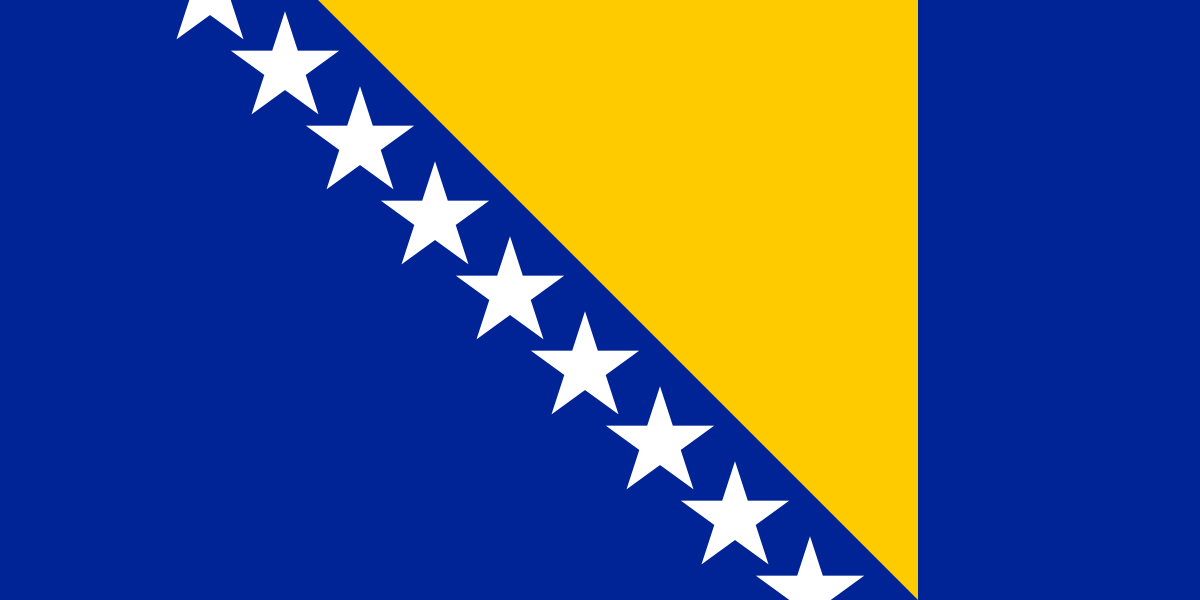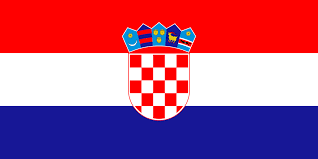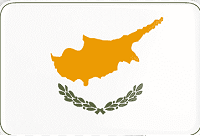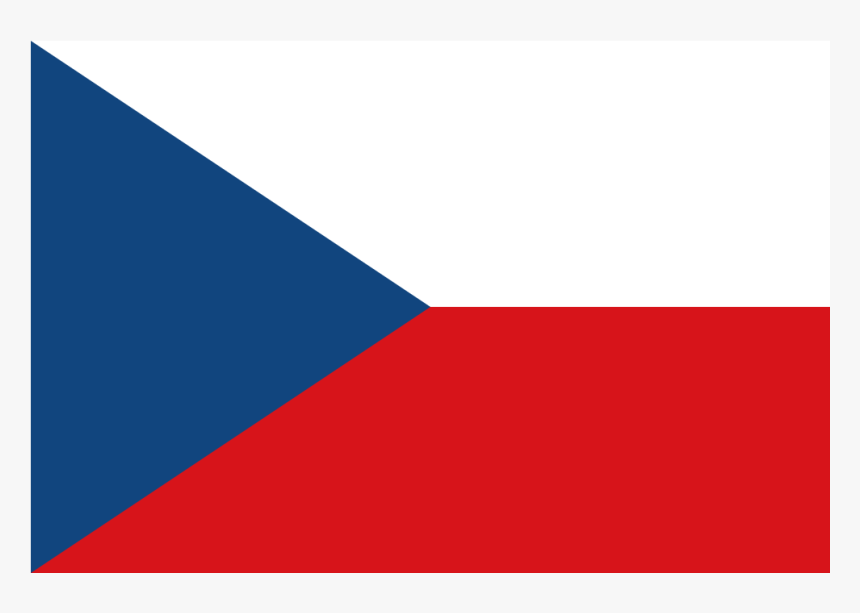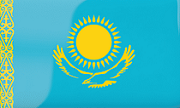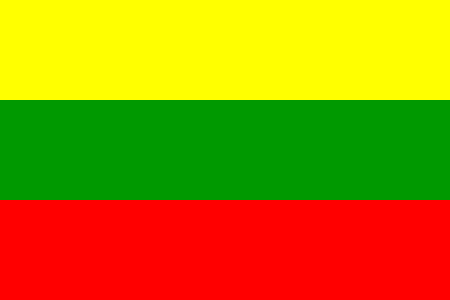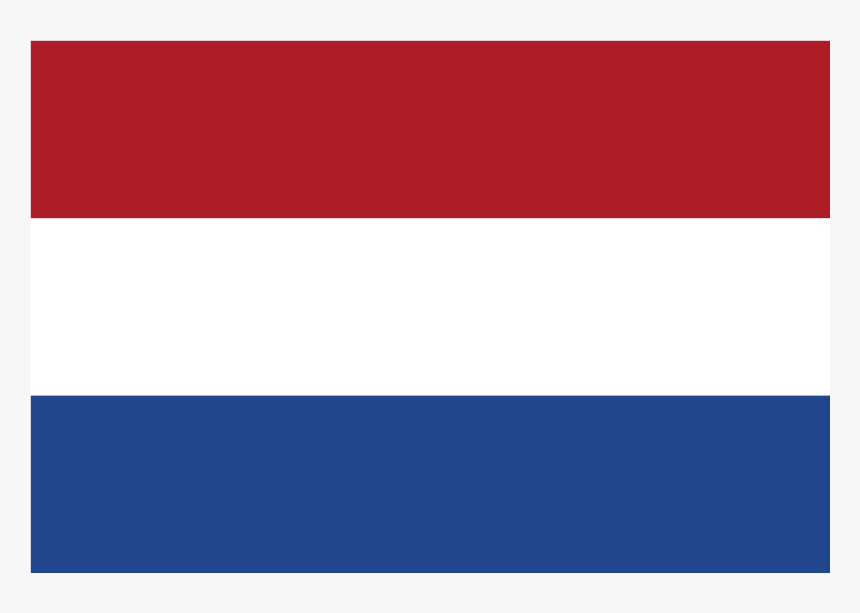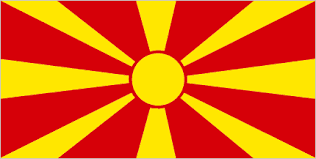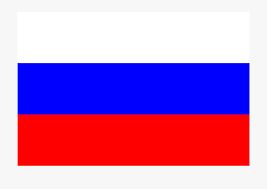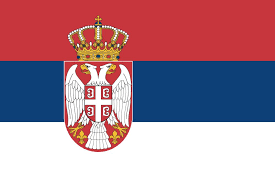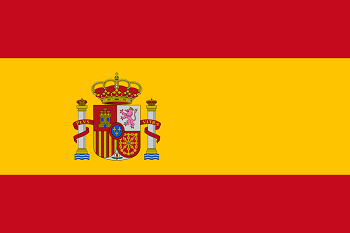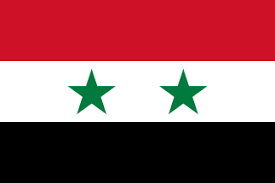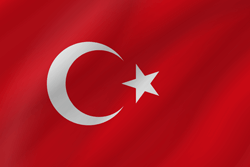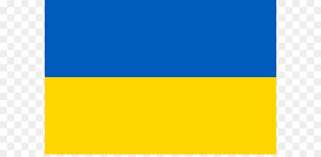CogATXcel
The category assesses students' cognitive abilities through various types of questions and tasks, including verbal, quantitative, and nonverbal reasoning. Tasks and questions are designed to challenge students' critical thinking, problem-solving, and logical reasoning skills.
CogatXcel Assessment Focus by Grade Levels:
- Grade 1-2: Emphasis on basic verbal and nonverbal reasoning skills, such as simple analogies, picture classification, and basic number concepts.
- Grade 3-4: Introduction to more complex verbal and quantitative reasoning tasks, including analogies, number patterns, and figure matrices.
- Grade 5-6: Advanced verbal and nonverbal reasoning exercises, incorporating higher-level vocabulary, more intricate number series, and abstract spatial reasoning.
- Grade 7-8: Challenging tasks focusing on advanced verbal analogies, mathematical problem-solving, and abstract reasoning.
- Grade 9-10: Rigorous assessments covering complex verbal and quantitative reasoning, including critical thinking, deductive reasoning, and advanced mathematical concepts.
- Grade 11-12: Comprehensive evaluation of advanced cognitive abilities, including advanced verbal reasoning, abstract thinking, and complex problem-solving skills.
RobotiXcel
Embrace the challenge, fuel your passion, and let your innovation soar as you embark on this thrilling robotics journey. Your creativity knows no bounds, and together, we'll shape the future of technology.
RobotiXcel Category
Junior Level (Grades 3–5): Robot Design with AI
Task: Imagine and present an innovative robot concept that uses AI for smarter living.
What AI Means Here: AI is about making robots “think” like humans — using patterns, sensors, and logic.
Example Ideas:
- A robot pet that recognizes your emotions.
- A smart cleaning robot that decides where to clean first.
- A helper robot that reminds elderly people to take medicine.
Students don’t need advanced coding — they just need to show how AI would make their robot intelligent and useful.
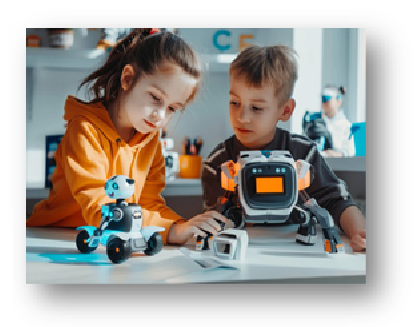
Intermediate Level (Grades 6–8): AI-Powered Line Follower
Task: Build and program a robot that follows a path using AI.
What AI Means Here: A normal line follower just tracks black-and-white lines. But with AI, robots can:
- Detect obstacles and reroute automatically.
- Learn patterns — e.g., go faster on straights, slow on curves.
- Use sensors + data to adapt to different floor colors or lighting.
Example Ideas:
- A delivery robot that finds the best path in a maze.
- A rescue robot that adapts to blocked roads.
- A warehouse robot that learns the fastest way to move goods.
The magic of AI is that robots don’t just “follow rules” — they make decisions based on what they sense.
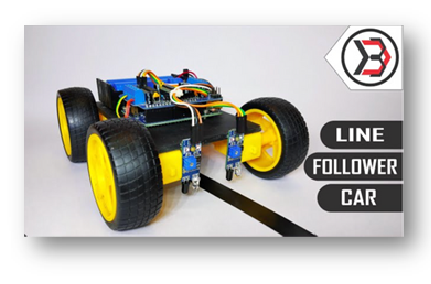
Senior Level (Grades 9–12): AI Payload Carrier
Task: Design a robot that integrates AI to carry, balance, and transport payloads.
What AI Means Here: AI allows robots to think like drivers or workers — planning, adapting, and handling challenges.
Example Ideas:
- A delivery robot that finds the safest path through obstacles.
- A balancing robot that carries fragile objects without dropping them.
- A drone or wheeled robot that uses sensors to stabilize a heavy load.
How to Integrate AI:
- Detect load balance and adjust movement.
- Predict danger (slopes, obstacles, collisions).
- Optimize routes for speed and safety.
This challenge is about combining engineering design + AI decision-making.
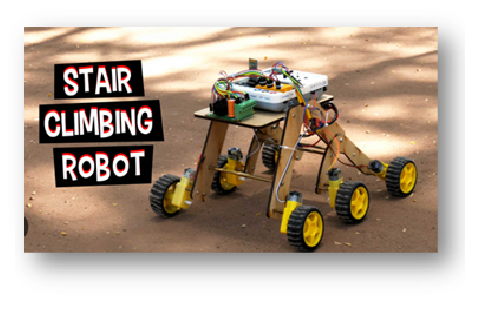
Our team love what they do – we thrive off pushing the boundaries of our students’ expectations and our own capabilities.
MathXcel
Grade 1-4:
-
- Place value
- Fractions and decimals
- Basic operations (multiplication, division)
- Geometry (perimeter, area)
- Data and graphs
- Basic algebraic concepts
Grade 5-6:
-
- Operations with fractions and decimals
- Ratios and proportions
- Geometry (angles, triangles, quadrilaterals)
- Integers and number theory
- Algebraic expressions and equations
- Statistics and probability basics
Grade 7-8:
-
- Algebra (linear equations, inequalities)
- Geometry (circles, transformations, volume)
- Ratios, rates, and proportions
- Data analysis and probability
- Exponents and scientific notation
Grade 9-10:
-
- Algebra II (quadratic equations, functions)
- Geometry (trigonometry, congruence, similarity)
- Advanced statistics and probability
- Exponential and logarithmic functions
- Introduction to calculus concepts
Grade 11-12:
-
- Precalculus topics (polynomials, rational functions)
- Advanced calculus (differential and integral calculus)
- Advanced topics in geometry and trigonometry
- Probability and statistics (advanced topics)
- Matrices and vectors
ArtXcel
Artificial Intelligence is not just a buzzword — it’s the heartbeat of the future. AI is transforming the way we live, learn, and interact: from self-driving cars to smart assistants, from AI in medicine to robots that create art.
This theme invites students to:
- Explore how humans and AI might collaborate.
- Imagine the future of schools, cities, and workplaces powered by AI.
- Reflect on the benefits and challenges of AI in society.
- Create bold, imaginative interpretations of “What happens when creativity meets technology?”
AI is both inspiring and controversial — perfect for art, because art thrives in questions, possibilities, and imagination.
Ideas for What Students Can Draw
- AI Companions – Robots or virtual beings as friends, teachers, or helpers.
- Future Cities – A bustling metropolis where humans and AI live in harmony.
- AI in Nature – Machines coexisting with forests, oceans, or animals.
- Ethical Questions – Art that asks, “Who controls AI? Do machines have emotions?”
- Education of the Future – AI-powered classrooms, personalized learning, robot mentors.
- AI & Creativity – Imagine AI as an artist, musician, or storyteller.
- The Human–AI Connection – Emotions, empathy, and relationships between people and machines.
- AI & Culture – How different countries might use AI in ways unique to their traditions.
Every artwork is a window into the student’s imagination — there are no limits, only possibilities.






